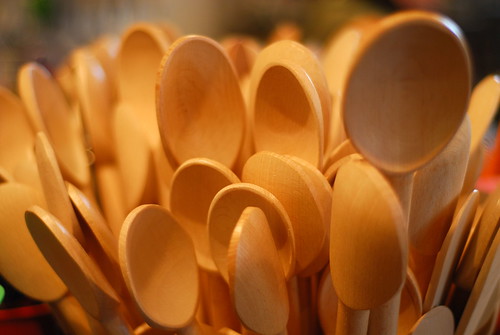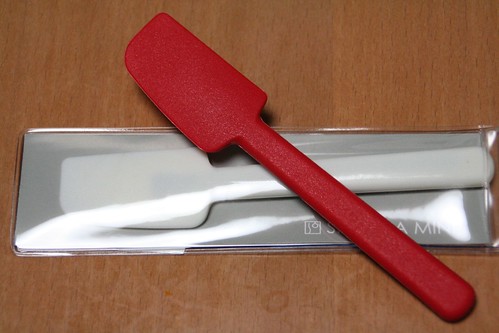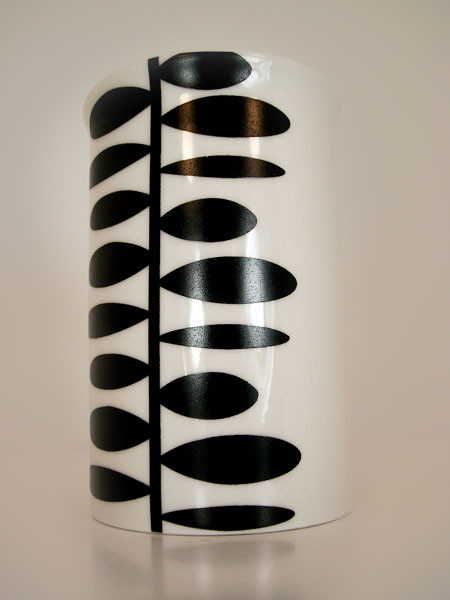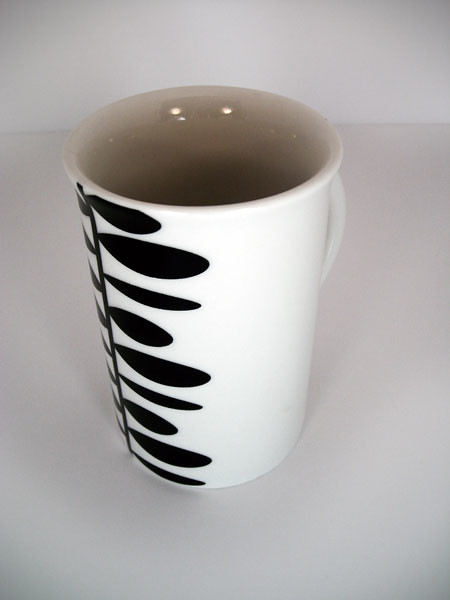
Whenever I read a recipe in which the instructions specify that I stir something with a wooden spoon, my mind instantly goes back to when I was a little girl, helping my mom cook and bake in the kitchen. (Of course, this also reminds me of how she would threaten to spank us with that wooden spoon if we were being little jerks, but that's another story for another day.) I can still see her wooden spoons clearly in my mind's eye. That golden color, the edges browned from heat, the way the wood cracked and split and food sunk in and stained the spoon, the hint of scents from previously-stirred foods...
To be quite honest with you, friends, I am rather grossed out by the idea of using a wooden spoon at all. In my adult life, I have not even considered buying or using a wooden spoon. I honestly don't see the point. They seem like germ-attractors, and the way they scrape against pots and things kind of makes my skin crawl (like nails on a chalkboard). I even read a story on a gluten-free blog once, where the writer got "glutened" by some soup her friend made for her. The friend took extra care to make everything gluten-free, but that sneaky, sticky protein snuck into the soup by means of the wooden spoon she used to stir the soup - the same spoon she used for her regular cooking.
Aren't there better things one can use instead of a wooden spoon? I've gotten by just fine without these utensils, so I'm wondering why anyone likes to use them. All this ruminating has led me to research the benefits and drawbacks of using wooden spoons, along with alternatives.

What Are Wooden Spoons Good For?
1. Wooden spoons do not transfer heat as much as metal spoons do.
This could be important in keeping heat consistent throughout a dish you are preparing and not adding body heat transferred from your hand through the spoon, but in my opinion this has limited applications (although I am no expert).
2. Wooden spoons do not scratch the bottom of a pan like a metal utensil would.
According to
Wikipedia, "this is useful when making dishes such as scrambled eggs." Okay, folks, if you are using a spoon -- wooden OR metal -- to make scrambled eggs, I have to ask you
WHY? Why use a spoon to do something that would be much easier with a spatula? Plastic doesn't scratch the bottom of a pan either! And if you want to scrape the sides and bottom of a pan, silicone spatulas work WONDERS and don't scratch anything.
3. Wood will not react with some ingredients the way some metals will.
This is mostly applicable when making things like
Amish breads, which have ingredients that react with aluminum. This means that if you use a stainless steel bowl or spoon with your Amish bread, you are still safe (and don't have to use a wooden spoon). Some metals (aside from stainless steel) will also leave a metallic taste in foods, which is unpleasant and unnecessary!
4. Wooden spoons will not crystallize sugar prematurely when making candy.
This article at
The Kitchn compares using a metal spoon versus a wooden spoon for making candy and cooking sugar. The writer notes that her culinary instructor insisted on using only metal spoons because wooden spoons carry bacteria. However, the writer then refers to a book called
On Food and Cooking, which argues that a metal spoon can cause unwanted crystallization due to the heat transfer effects of the material, so recommends using a wooden spoon instead. To both of these arguments, I point out that my chef instructor never had us use spoons for anything besides tasting (and scooping ice cream), and we cooked all of our sugar without using utensils because ANY stirring can cause crystallization, no matter what tool you use to do it.
5. Wooden spoon handles have a nice cylindrical shape.
This can be good for use in shaping
pastillage or gum paste. Aside from that, I don't see much benefit, unless you just prefer this shape for gripping.
6. There may or may not be more uses for wooden spoons.
You can learn about them at
Uncyclopedia.

Why I Don't Recommend Wooden Spoons
1. Wooden spoons are high maintenance.
Before you can even use your new wooden spoon, you'll have to prepare it. This means finding some mineral oil, warming it, rubbing it onto the spoon with a cloth, waiting a couple hours, then wiping off any excess oil. Oh, and you'll have to do this several times if you want it to be sufficient. And you'll also have to repeat this process throughout the lifetime of the spoon.
2. Wooden spoons are harder to keep clean.
Washing wooden spoons requires extra care, because you must be careful not to have the water too hot (heat damage), you mustn't let it soak in the water (water damage), and you'll need to dry them off right away to help discourage bacteria from sticking around.
3. Wooden spoons can harbor and transfer bacteria.
That's right, you'll need to take special care with your wooden spoon to ensure that it isn't harboring any nasty germs in it. See the cleaning methods above, but also take note that any scratches, cuts, or cracks in your wooden spoon are just inviting bacteria to come and get comfortable. Using the same spoon for things like raw meat and then for vegetables (or any other food item) is another way to incite cross-contamination and bacteria growth.
4. Wooden spoons are good for stirring, but not much else.
Seriously, take a look at the shape of your wooden spoon. The bowl can barely even be called a bowl; it is shallow and narrow, thus it is almost useless for doing any kind of scooping. The edges are thick and angular, which leaves out any kind of scraping you may want to do as well. Sure, it might be handy for stirring your soup, but so are many other things that also serve other purposes beyond "stirring soup."

Awesome Alternatives to Wooden Spoons
 1. Silicone Spatula
1. Silicone Spatula
A silicone spatula is versatile and doesn't have the many flaws of a wooden spoon. The material is flexible yet sturdy, and is much like rubber. This makes it an ideal utensil for scraping the sides of a bowl, and it will not scratch and of your pots and pans! It is also the best tool for
folding ingredients together, like adding your whipped egg whites into a cake batter. Silicone is also heat resistant, which means there is no chance of heat transference. Because of its nonstick surface, it will not retain any smells or flavors from food, either!
Since they come in so many different shapes and sizes, you can have some for baking, and some for cooking that are easier to flip things like pancakes, etc.
NOTE: There are a lot of different silicone and rubber spatulas out there. I recommend one with a longer handle (14") and a nook in one side (this makes scraping off the edge of the bowl SO much easier), like this one here that is similar to the one I own. Unfortunately, I can't find ANY like it for sale online -- what the heck?!
 2. Large Slotted Spoon
2. Large Slotted Spoon
When I'm cooking, I generally switch over to a large
slotted spoon instead of a spatula. Why do I like slotted spoons? For one, they are larger than a wooden spoon, which means more surface area with which to stir my soup, scoop up my potatoes, and mix my fried rice. The slots also allow steam to escape and juices to drip out a little bit, so if I hold the spoon up to my nose, it won't be so hot.









